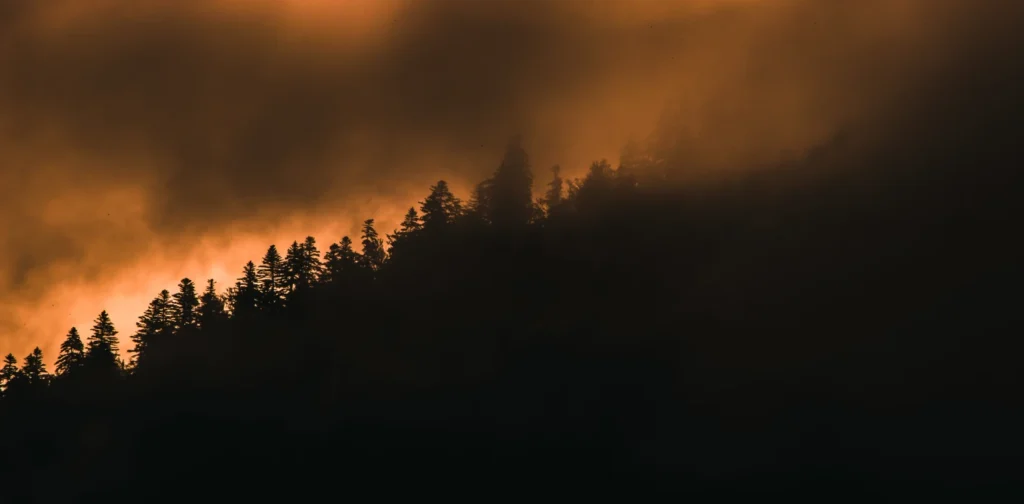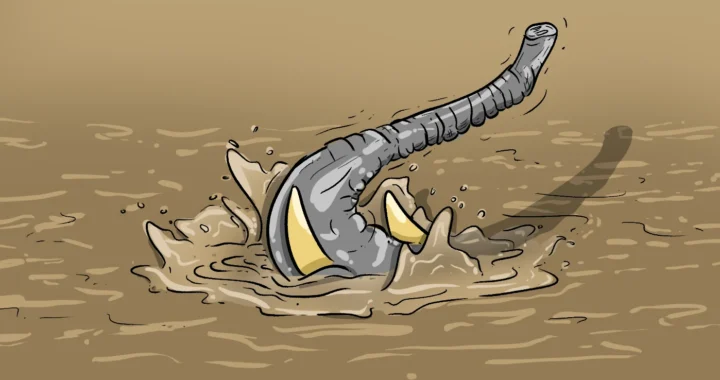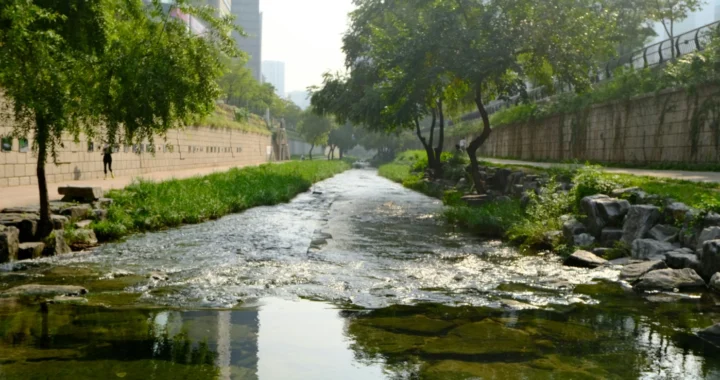Wildfires and Wildlife Hunting Threaten Khao Yai National Park’s Biodiversity

Photo: Freepik
Wildlife hunting is a major global issue, and the problem goes beyond the killing of animals. With some poachers setting fires to drive animals out and dry conditions worsened by climate change, this perfect storm is likely to lead to more frequent and intense wildfires. In Thailand, wildfires, likely linked to hunting, put Khao Yai National Park’s biodiversity at serious risk.
Khao Yai National Park
Khao Yai National Park, part of the Dong Phayayen-Khao Yai Forest Complex, is a UNESCO World Heritage site. It is recognized for its outstanding biodiversity and ecological importance. Established in 1962 as Thailand’s first national park, it spans 2,168 square kilometers across four provinces: Nakhon Ratchasima, Saraburi, Prachinburi, and Nakhon Nayok.
The park is home to over 2,500 plant species and more than 800 animal species, including critically endangered wildlife. Unfortunately, this key conservation area rich in natural resources and cultural heritage faces growing threats.
Wildfires and Wildlife Hunting
A prominent threat comes from wildfires in the area. On January 3, 2025, wildfire occurred behind Wat Udomsuk in Phaya Yen, near Khao Yai National Park. It burned approximately 200 rai (32 hectares) of forest.
Another fire broke out on January 5 in Ban Hua Krok, spreading into areas like Khao Siad Ah Forest Reserve and further threatening the surrounding area. By January 7, strong winds and difficult terrain had intensified the blaze, consuming over 1,000 rai (160 hectares) of forest.
Authorities suspect that illegal wildlife hunting plays a major role in these incidents. Evidence like bullet casings and wildlife traps suggests poachers deliberately set fires to drive animals out. Dry conditions and strong winds make it even harder to control the flames, allowing the fire to spread rapidly.
Management and Mitigation
These wildfires endanger numerous species that call Khao Yai National Park a home. The hunting and the fire that displace and kill animals also destroy their habitats. Furthermore, the loss of vegetation disrupts the park’s ecological balance by reducing food sources and weakening its ability to absorb carbon.
Therefore, a comprehensive set of strategies is vital to protecting Khao Yai National Park, the biodiversity in and surrounding it, as well as people who live near the area. One key aspect is a wildfire response team and strategy to efficiently dispatch in the event of a wildfire. This should include an evacuation strategy, water supply guarantee, and additional support like helicopters.
Moreover, Khao Yai needs a wildfire prevention and management plan. Investing in early wildfire detection, engaging local communities, and enacting stricter penalties against illegal hunting are some steps in the right direction. Without proactive measures, illegal hunting and wildfires could severely damage Khao Yai’s biodiversity and ecosystems that both wildlife and local communities depend on.
Editor: Nazalea Kusuma

Join Green Network Asia Membership
Amidst today’s increasingly complex global challenges, equipping yourself, team, and communities with interdisciplinary and cross-sectoral insights on sustainability-related issues and sustainable development is no longer optional — it is a strategic necessity to stay ahead and stay relevant.
Join Now

 Weaving the Thread Between the Last Elephant and the Floods in Sumatra
Weaving the Thread Between the Last Elephant and the Floods in Sumatra  Bringing Buried Rivers Back to Life Through Daylighting
Bringing Buried Rivers Back to Life Through Daylighting  Prescribing Beyond Profit for CEOs’ Anxiety
Prescribing Beyond Profit for CEOs’ Anxiety  An Interview with May Tan-Mullins, CEO and Provost of University of Reading Malaysia
An Interview with May Tan-Mullins, CEO and Provost of University of Reading Malaysia  An Interview with Eu Chin Fen, CEO of Frasers Hospitality
An Interview with Eu Chin Fen, CEO of Frasers Hospitality  The UK Government’s Funding Package Plan to Tackle Youth Unemployment
The UK Government’s Funding Package Plan to Tackle Youth Unemployment